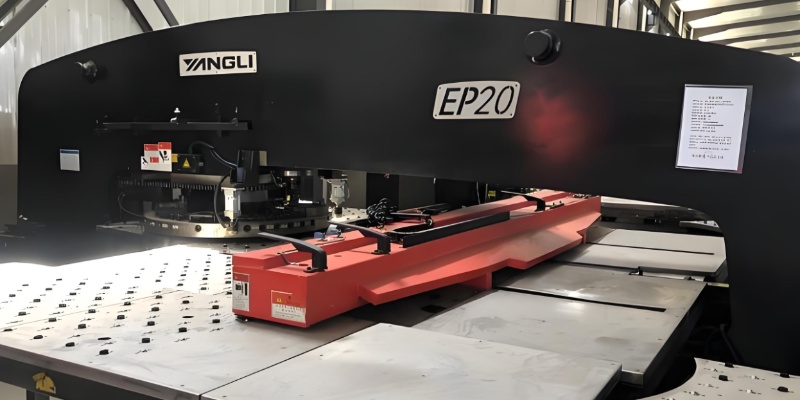3. Surface Treatment: Enhancing Appearance and Durability
After perforation, the metal sheets usually undergo surface treatments to improve aesthetics, corrosion resistance, and overall durability. Common surface finishing techniques include:
Polishing: Enhances brightness and visual appeal of the sheet.
Electroplating: Forms a protective layer to resist rust and wear.
Powder Coating or Spray Painting: Offers color variety and boosts surface hardness and UV resistance.
Anodizing (for aluminum): Improves corrosion resistance and surface hardness, while also adding decorative finishes.
Choosing the right surface treatment method can significantly improve the performance and appearance of the final product.
4. Quality Inspection: Ensuring Every Sheet Meets Standards
Each batch of perforated metal sheets must pass a series of rigorous quality control tests before leaving the factory. These inspections typically include:
Dimensional Accuracy Check: Ensures the sheet’s length, width, and thickness match specifications.
Hole Pattern Consistency: Confirms uniform hole sizes and accurate spacing.
Surface Defect Inspection: Screens for scratches, burrs, rust spots, or any other imperfections.
Only products that meet all quality standards are cleared for packaging and delivery, ensuring customer satisfaction and reliability.


